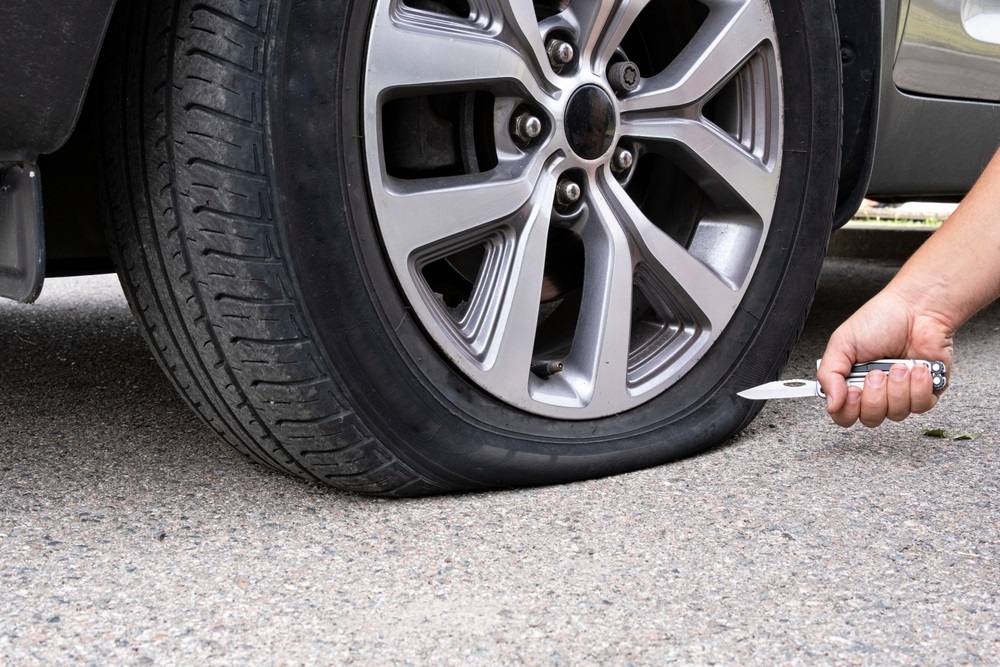Tyre safety is an essential aspect of vehicle maintenance that often goes overlooked.
From punctures caused by road debris to underinflated tires that can lead to dangerous blowouts, taking proper care of your tires is vital for both safety and performance.
This guide will walk you through common tire issues, their causes, and effective strategies to prevent them.
Whether it’s avoiding hazards like potholes, ensuring correct tire pressure, or preparing for emergencies, understanding tire care can help you stay safe on the road and extend the lifespan of your tires.
| Cause | Prevention Strategies |
|---|---|
| Punctures from Sharp Objects | – Stay vigilant – Avoid road edges – Regular inspections |
| Underinflated | – Check pressure monthly – Adjust for temperature – Use TPMS |
| Overinflated | – Follow guidelines – Double-check after filling |
| Road Hazards and Potholes | – Stay alert – Maintain safe speeds – Avoid sudden maneuvers |
| Worn or Old | – Regular tread checks – Check tire age – Rotate tyres |
| Valve Stem Leaks | – Inspect valve stems – Replace when necessary – Use valve caps |
| Rim Damage | – Avoid hitting curbs – Inspect rims – Professional alignment |
| Bead Leaks | – Regular maintenance – Professional assistance |
| Extreme Temperatures | – Monitor pressure – Proper storage |
| Overloading Vehicle | – Know limits – Distribute weight – Upgrade tires if needed |
| Driving on a Flat Tyre | – Stop immediately – Use a spare tire – Regular checks |
| Manufacturing Defects | – Buy reputable brands – Register tyres – Check for recalls |
1. Punctures from Sharp Objects
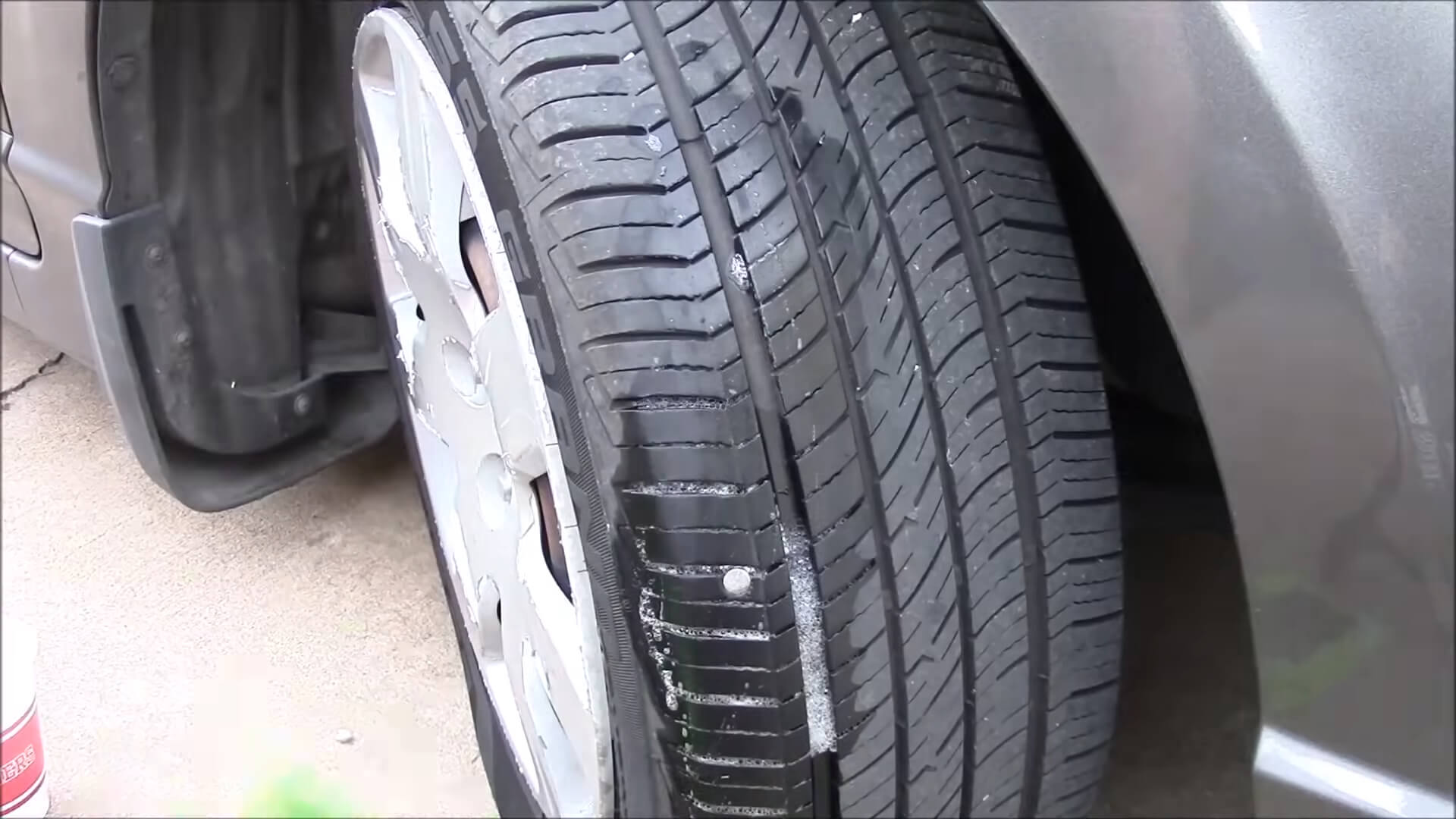
Cause: Sharp objects like nails, screws, glass shards, or metal debris can puncture your tire, causing it to lose air rapidly or slowly over time.
How to Avoid It:
- Stay Vigilant: Keep an eye on the road ahead for debris, especially in construction zones or areas with litter.
- Avoid Road Edges: Debris tends to accumulate on the sides of roads. Try to stay in the center of your lane when safe to do so.
- Regular Inspections: Check your tires for embedded objects routinely.
2. Underinflated Tyres
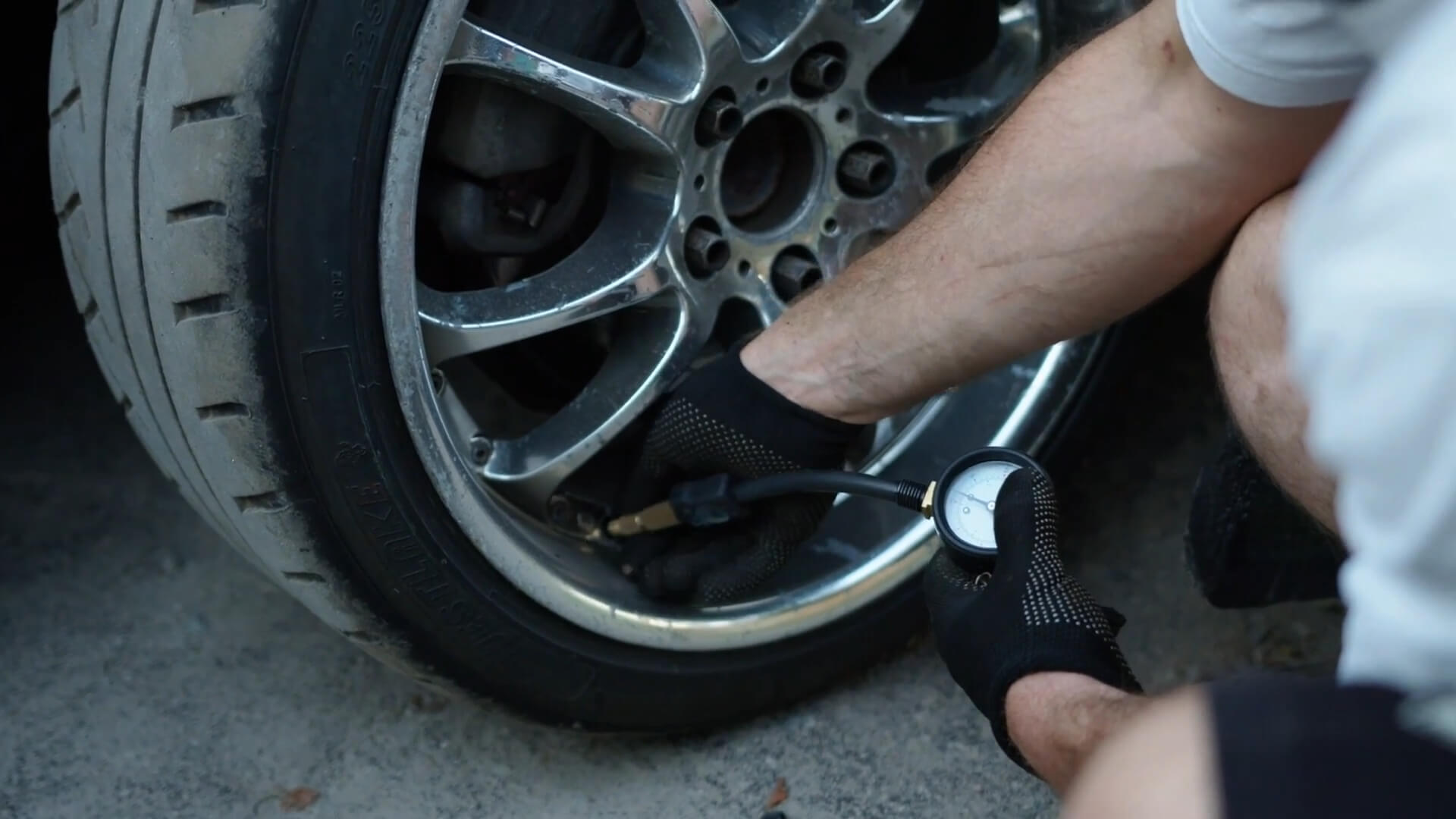
Cause: Tyres that are not inflated to the recommended pressure can overheat, leading to a blowout. Underinflation causes more of the tire’s surface area to touch the road, increasing friction.
How to Avoid It:
- Check Tyre Pressure Monthly: Use a reliable tire pressure gauge to ensure your tires are inflated to the manufacturer’s recommended levels.
- Adjust for Temperature Changes: Tyre pressure can drop by about 1 psi for every 10°F decrease in temperature.
- Use a Tyre Pressure Monitoring System (TPMS): Many modern vehicles have TPMS; pay attention to warnings.
3. Overinflated
Cause: Overinflated tires are more rigid and less able to flex when hitting potholes or debris, making them more susceptible to damage and blowouts.
How to Avoid It:
- Follow Manufacturer Guidelines: Do not exceed the recommended tire pressure listed in your vehicle’s manual or on the door placard.
- Check After Filling: After inflating your tires, double-check the pressure to ensure accuracy.
4. Road Hazards and Potholes
An interesting video showing the impact of potholes on your tires.
Cause: Hitting potholes, curbs, or road debris can cause immediate damage like cuts, bulges, or impact breaks in the tire.
How to Avoid It:
- Stay Alert: Watch the road for potholes and obstacles.
- Maintain Safe Speeds: Driving at appropriate speeds gives you more time to react to hazards.
- Avoid Sudden Maneuvers: Sharp turns or abrupt steering to avoid obstacles can also damage tires.
5. Worn or Old
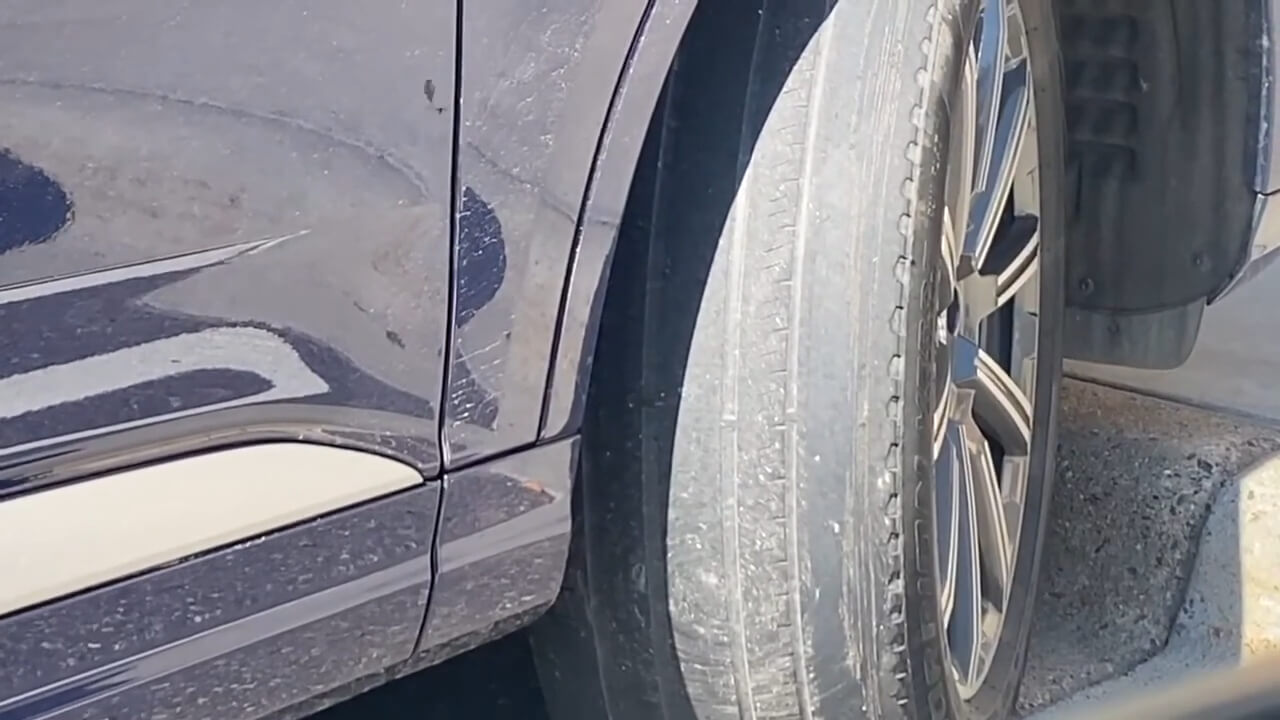
Cause: Tyres with worn treads or that are old become more susceptible to flats due to reduced structural integrity.
How to Avoid It:
- Regular Tread Checks: Use the penny test—insert a penny into the tread grooves with Lincoln’s head upside down. If you can see all of Lincoln’s head, it’s time to replace the tire.
- Check Tyre Age: Tyres older than six years should be inspected regularly, regardless of tread depth.
- Rotate Tyres: Rotating your tires every 5,000 to 7,500 miles promotes even wear.
6. Valve Stem Leaks
Cause: The valve stem, where you inflate the tire, can become damaged or deteriorate, causing air leaks.
How to Avoid It:
- Inspect Valve Stems: Look for cracks or corrosion during regular tire checks.
- Replace When Necessary: Whenever you replace tires, consider replacing the valve stems as well.
- Use Valve Caps: Keep valve caps on to protect the valve from dirt and moisture.
7. Rim Damage
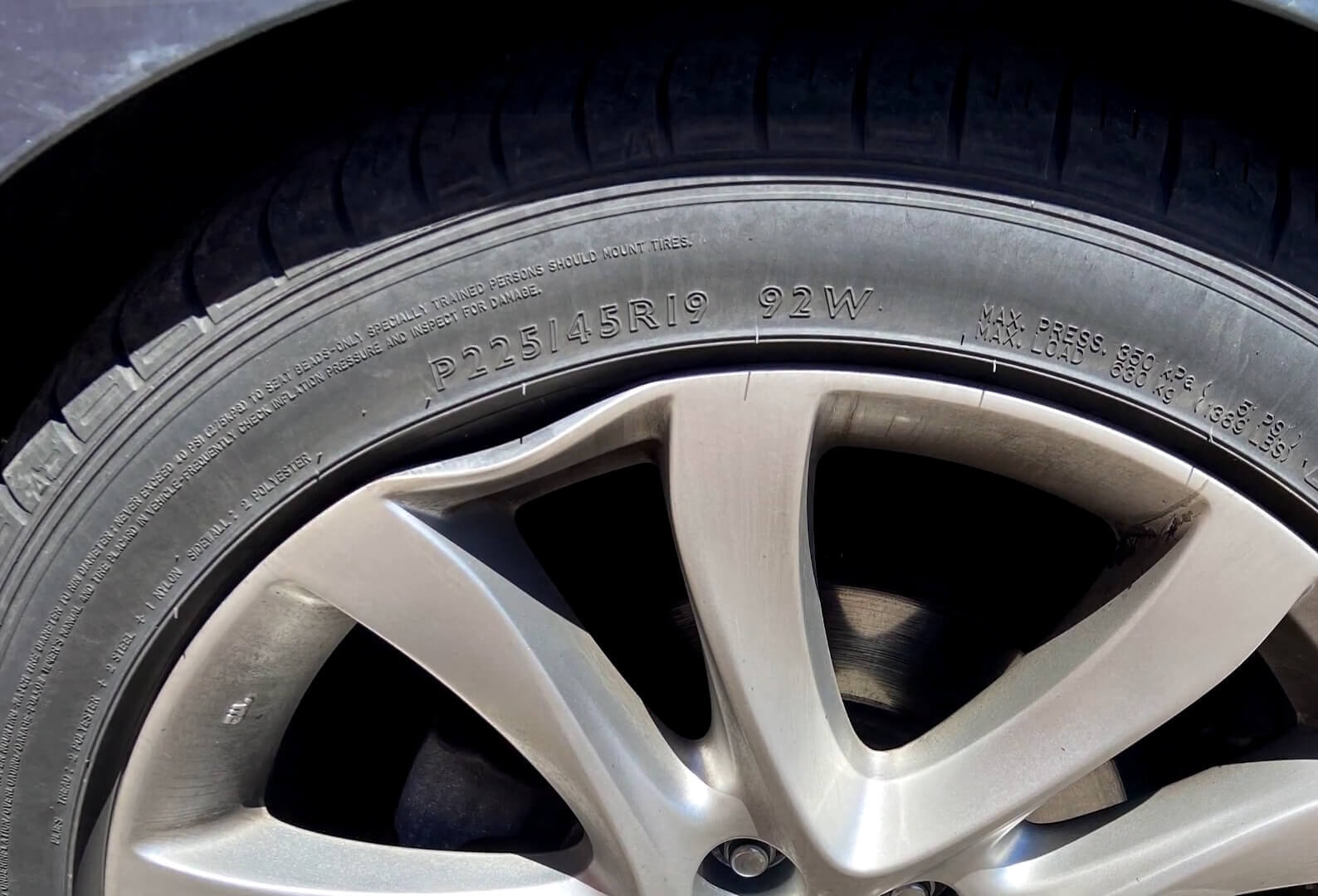
Cause: Bent or damaged rims can break the seal between the tire and the rim, causing air leaks.
How to Avoid It:
- Avoid Hitting Curbs: Be cautious when parking or making tight turns near curbs.
- Inspect Rims Regularly: Look for signs of damage or deformation.
- Professional Alignment: Ensure wheels are properly aligned to reduce uneven stress on rims.
8. Bead Leaks
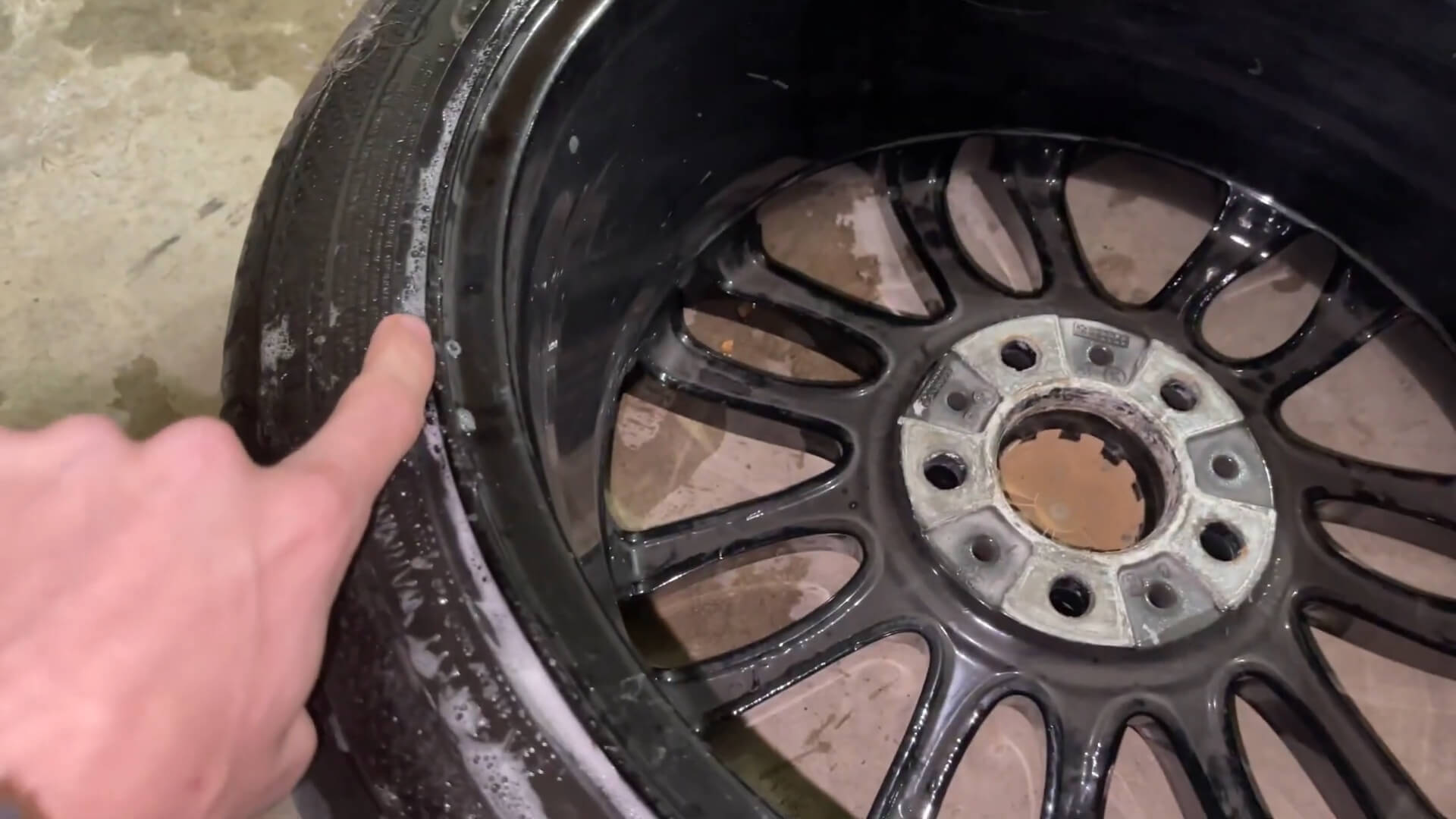
Cause: The bead is where the tire seals itself to the rim. Corrosion or damage here can cause slow leaks.
How to Avoid It:
- Regular Maintenance: Clean your wheels and rims to prevent corrosion.
- Professional Assistance: If you suspect a bead leak, have a professional reseal the tire.
9. Extreme Temperatures
Cause: Hot weather can increase tire pressure, while cold weather can decrease it. Both extremes can lead to tire failure if not managed.
How to Avoid It:
- Monitor Tyre Pressure Frequently: Adjust tire pressure based on seasonal temperature changes.
- Proper Storage: If storing tires, keep them in a climate-controlled environment.
10. Overloading Your Vehicle
Cause: Exceeding your vehicle’s load capacity puts extra stress on tires, leading to overheating and potential blowouts.
How to Avoid It:
- Know Your Limits: Check your vehicle’s load capacity in the owner’s manual.
- Distribute Weight Evenly: If carrying heavy items, spread the weight evenly across the vehicle.
- Upgrade if Necessary: Consider tires with a higher load rating if you frequently carry heavy loads.
11. Driving on a Flat or Low Tyre
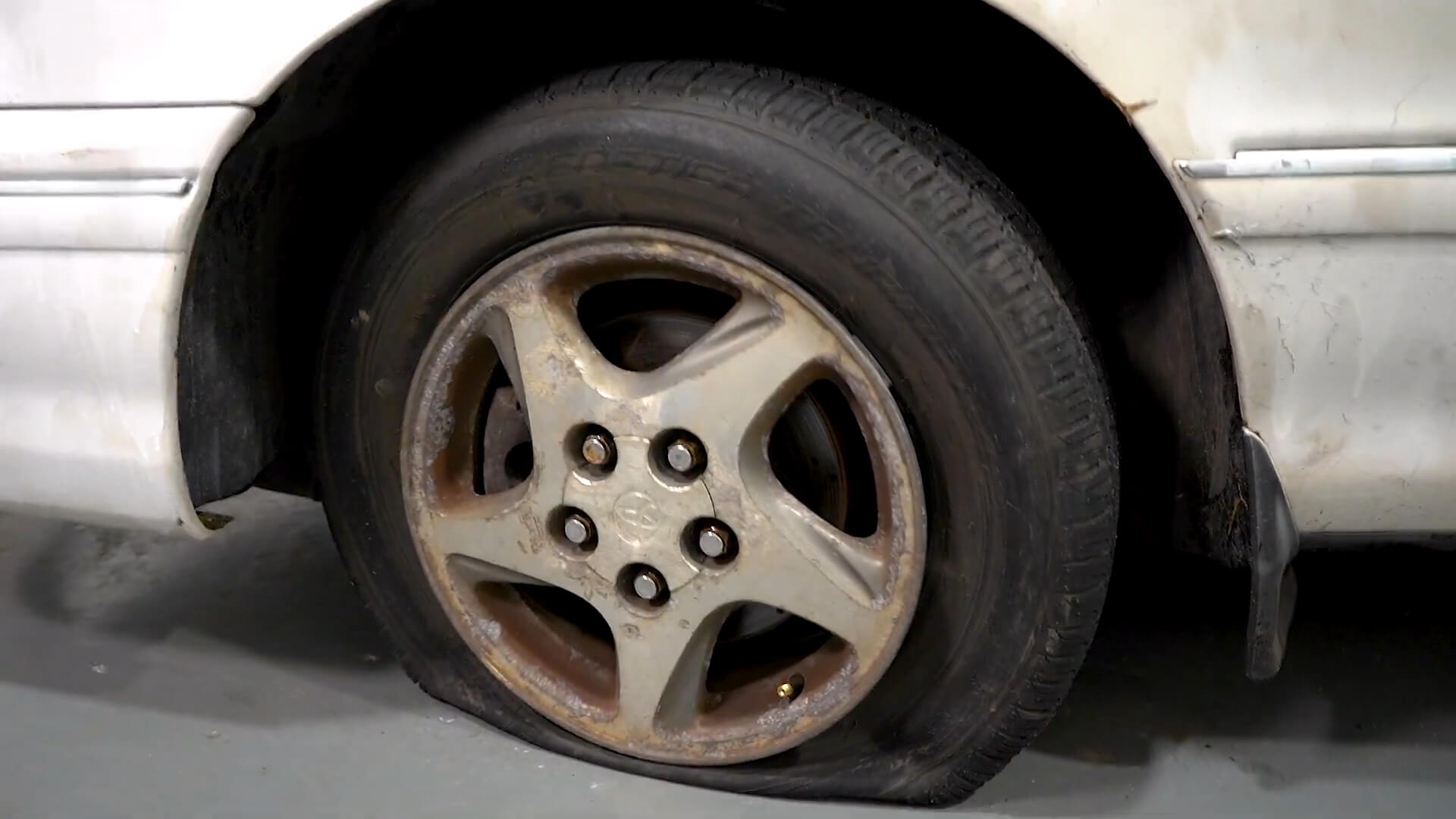
Cause: Continuing to drive on a tire that’s low or flat can cause irreparable damage to the tire and rim.
How to Avoid It:
- Stop Immediately: If you notice a flat or low tire, pull over safely as soon as possible.
- Use a Spare Tyre: Replace the damaged tire before continuing your journey.
- Regular Checks: Pay attention to how your vehicle handles; pulling to one side may indicate a flat tire.
Here you can read more about how underinflated tires can be a factor affecting fuel consumption.
12. Manufacturing Defects
Cause: Although rare, defects in the tire’s construction can lead to premature failure.
How to Avoid It:
- Buy Reputable Brands: Purchase tires from well-known manufacturers with good quality control.
- Register: This ensures you are notified in case of a recall.
- Check for Recalls: Periodically check for any recalls on your tire model.
Additional Tips for Tyre Maintenance
- Use the Right Tyres: Ensure your tires are suitable for your vehicle and driving conditions.
- Avoid Over-Speeding: High speeds can generate excessive heat, increasing the risk of tire failure.
- Proper Installation: Have them installed by professionals to ensure correct mounting and balancing.
- Regular Alignment and Balancing: Misalignment can cause uneven tire wear, leading to flats.
- Seasonal Tyre Changes: Use winter tires in snowy conditions and switch back when appropriate.
Tyre Pressure
Maintaining the correct tire pressure is crucial. Here’s a quick guide on tire pressure management:
Tips
- Locate Recommended Pressure: Find the manufacturer’s recommended tire pressure on the driver’s side door jamb or in the owner’s manual.
- Use a Reliable Gauge: Digital tire pressure gauges are more accurate than analog ones.
- Check When Cold: Measure tire pressure when they are cold, preferably in the morning.
- Adjust for Loads: If carrying heavy loads, you may need to increase tire pressure within safe limits.
Recognizing Signs of Damage
Early detection can prevent flats. Be on the lookout for:
- Bulges or Blisters: Indicates structural damage.
- Cracks or Cuts: Can lead to leaks or blowouts.
- Uneven Wear: This may suggest alignment issues.
- Vibration While Driving: This could mean tire imbalance or damage.
Emergency Preparedness
Despite your best efforts, flats can still occur. Prepare yourself by:
- Carrying a Spare Tyre: Ensure it’s properly inflated and in good condition.
- Having a Tyre Repair Kit: Includes sealant and inflator for temporary fixes.
- Knowing How to Change a Tyre: Familiarize yourself with the process.
- Roadside Assistance Membership: Consider enrolling in a service for emergencies.
Environmental Factors to Consider
- Seasonal Changes: Temperature fluctuations can affect tire pressure.
- Road Conditions: Wet or icy roads can increase the likelihood of tire damage.
- Driving Habits: Aggressive driving can wear tires faster.

